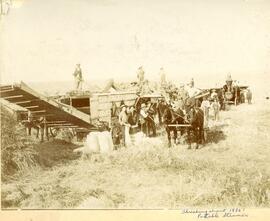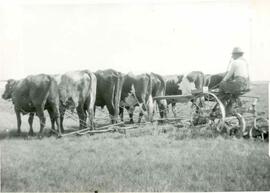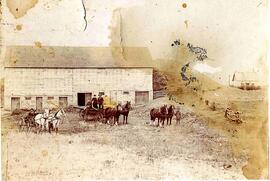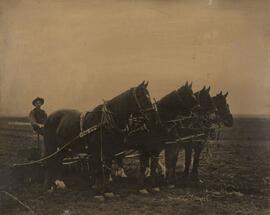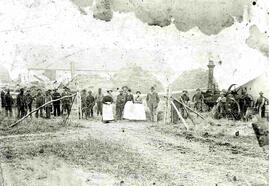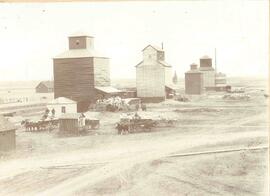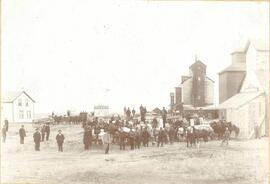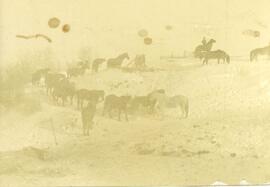- AGC
- Collection
- 1882 - 2020
The collection consists of various documents and photos about Indian Head's agricultural heritage, including the Bell Farm, the federal Tree Nursery and the federal Experimental Farm. The Agriculture Collection includes materials related agriculture and includes, especially, series pertaining to three major agricultural developments in Indian Head 1) The Bell Farm (Qu'Appelle Valley Farming Company) which was a huge farming venture of 57,000 acres promoted by Major William Robert Bell in 1881-1882 to Eastern Canadian and American shareholders. The venture finally failed and Major Bell left Indian Head in 1895. 2) The federal Experimental Farm which was established in 1887 under the superintendency of Angus MacKay and continues to conduct research as Agriculture and Agri-Food Canada's Indian Head Research Farm . 3) The federal Tree Nursery (PFRA) resulted from the promotion of trees and shrubs for shelter by Angus MacKay , the superintendent of the Experimental Farm . Established as a separate federal government station in 1901 under the superintendency of Norman Ross, it provided trees and shrubs for farmers throughout the prairies until its closure in 2014.


